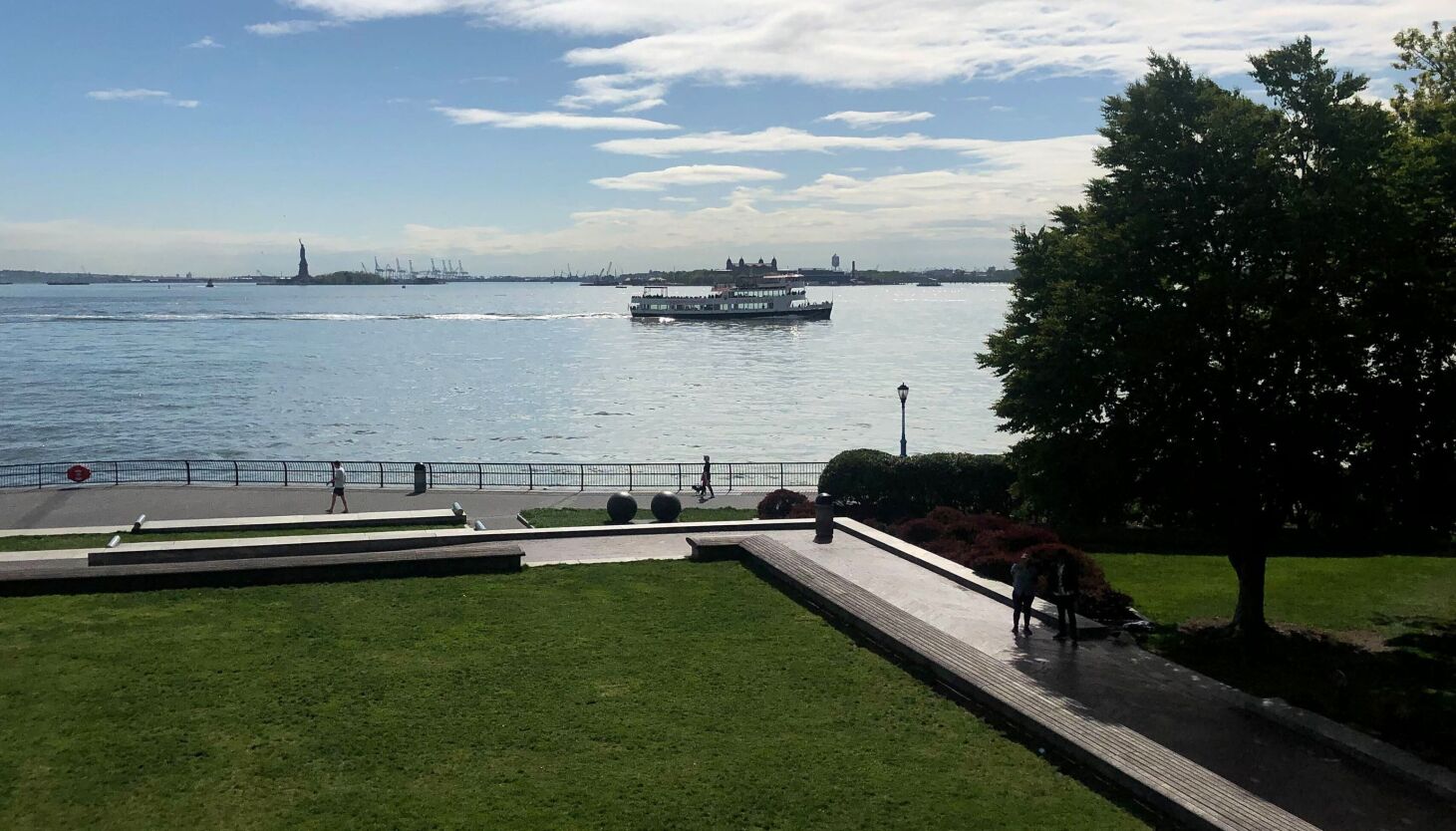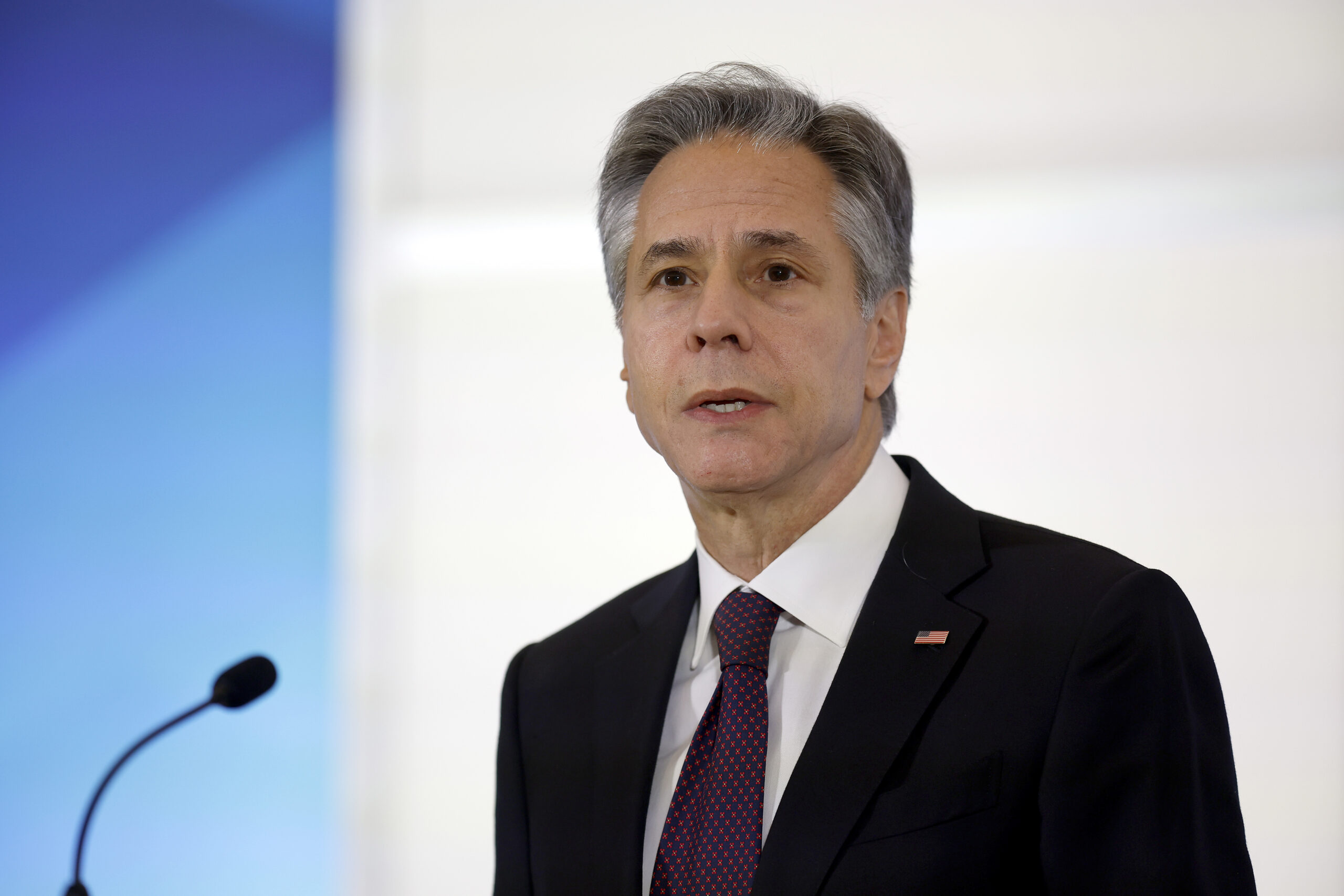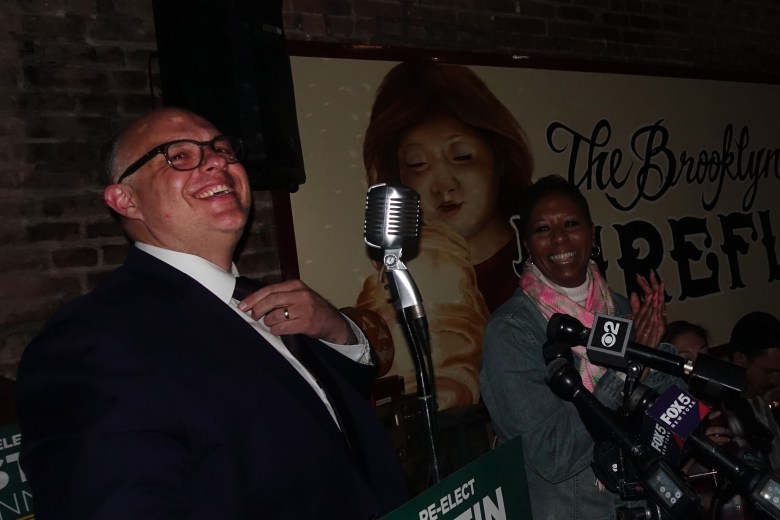The Battery Park City Authority on Tuesday agreed to hold off on construction activities at Wagner Park after a group of neighbors opposed to the project, known as the Battery Park City Neighborhood Association, notified the authority of a lawsuit coming the following day.
The BPCA, a state agency, wants to protect the neighborhood from storm surges with a $221 million plan that entails elevating the park, building a new pavilion and installing a series of flood walls and gates, from the Museum of Jewish Heritage to Bowling Green Plaza.
Construction had not yet begun on the Wagner Park portion of the project, which was set to start this past summer.
In a suit filed Wednesday in Manhattan Supreme Court, the Neighborhood Association alleges the Authority failed to comply with state environmental review law by not fully examining alternative designs and by using climate projections they argue are exaggerated.
A judge is expected to set a February hearing for oral arguments, according to people close to the case. The BCPA has agreed to halt any work until then.
“The South Battery Park City Resiliency project was planned and approved in full accordance with the law,” BPCA spokesperson Nick Sbordone said in a statement. “We look forward to continuing the urgent work of protecting our community and Lower Manhattan from the devastation of future storms in the decades ahead.”
In the meantime, opponents of the project — who rallied against the plan in August — are hopeful.
“It’s a positive step for us and a win for our community,” said Britni Erez, a member of the BPC Neighborhood Association. “As we said, legal was our last resort.”
While the litigation is pending, the Battery Park City Authority still plans to work on other aspects of the plan that are not within the park, including installing fencing, Battery Park City President and CEO B.J. Jones indicated during a Wednesday board meeting.
An authority spokesperson declined to comment on a potential new completion date of the project, which had previously been set for March 2025.
Lower Manhattan’s Choppy Waters
As part of the overall Lower Manhattan Coastal Resiliency plan, the Battery Park City project is slated to be the second resiliency project to break ground in the borough, following the East Side Coastal Resiliency project.
The East Side project, which similarly entails razing East River Park and elevating it with a flood wall beneath, also faced fierce opposition — including lawsuits, protests and a push for an alternative plan.
“We are going to continue doing what we’ve been doing the entire time, which is trying to prevail upon the authority to consider an equally effective alternative plan that doesn’t require them to demolish Wagner Park,” said Gregory Sheindlin, a member of the neighborhood association.
The alternative proposal the association supports, which was informed by feedback from some of the original designers of Wagner Park, maintains the existing green space, trees and pavilion while adding flood protection behind the park, further from the river.
The Battery Park City Authority in November notified elected officials that it had rejected elements of the alternative plan “due to key engineering, logistical, and design considerations, as well as feedback from community members.” Previously, the authority in June provided a 10-page document addressing the Neighborhood Association’s concerns around community engagement, its modeling and the project design.
In an August letter, Kizzy Charles-Guzman, executive director of the Mayor’s Office of Climate and Environmental Justice, backed the scientific projections the authority used in its design of the project, which she wrote were consistent with what the city is advancing for its coastal resilience projects.
City Councilmember Christopher Marte, whose district includes Wagner Park, previously expressed being “fully supportive” of the project, but indicated some hesitancy on Wednesday.
“I recently met with the original designers of Wagner Park, who seem to have been excluded from the yearslong conversations about how to protect this area from the next superstorm,” Marte said in a statement. “They have valuable insight and knowledge about how they planned for resiliency, how climate science and sea-level rise estimates are developing, that bring some parts of the current proposal into question.”
The resiliency project was designed in the wake of Hurricane Sandy to protect Battery Park City by 2050 from a so-called 100-year storm.
Tammy Meltzer, chairperson of Manhattan Community Board 1, did not immediately comment on the lawsuit or agreement reached. The board had previously questioned the need to rebuild the park. But in a June statement during a town hall discussion on the project, Meltzer said the board “strongly supports moving forward expeditiously in addressing the comprehensive resiliency needs for all of Lower Manhattan.”




